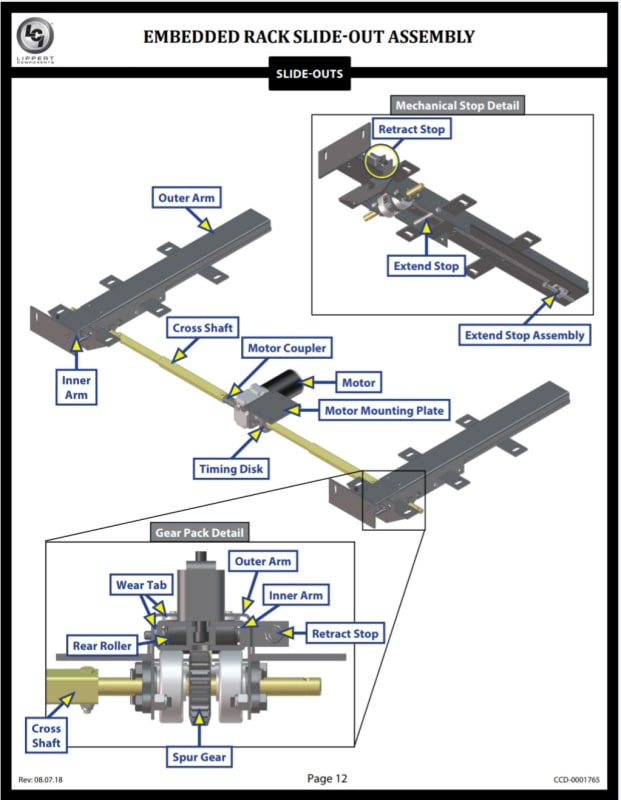saindip
Mechanical
- Sep 10, 2019
- 16
I need to design a mechanism to move a load horizontally. So, I came up with two choices viz. Telescopic cylinder and worm and rack arrangement. Which one will be more efficient in terms of operation and cost?
Thanks in advance.
Thanks in advance.

